|
Genres, Themes, Actors, and Directors:
- Disaster Flicks
- German Films
- G.W. Pabst Films
- Mining Towns
Review:
G.W. Pabst’s 14th film — and the last of his titles listed in Peary’s GFTFF — was this French-German co-production (a.k.a. Comradeship) based on the Courrières mine disaster of 1906, in which more than a thousand miners died. Pabst and his writers updated the action to take place just after World War I, thus highlighting the understandably lingering animosity between the two nations — as epitomized when a trapped French miner tragically reacts with post-traumatic aggression upon seeing a gas-masked German rescuer appearing in front of him.
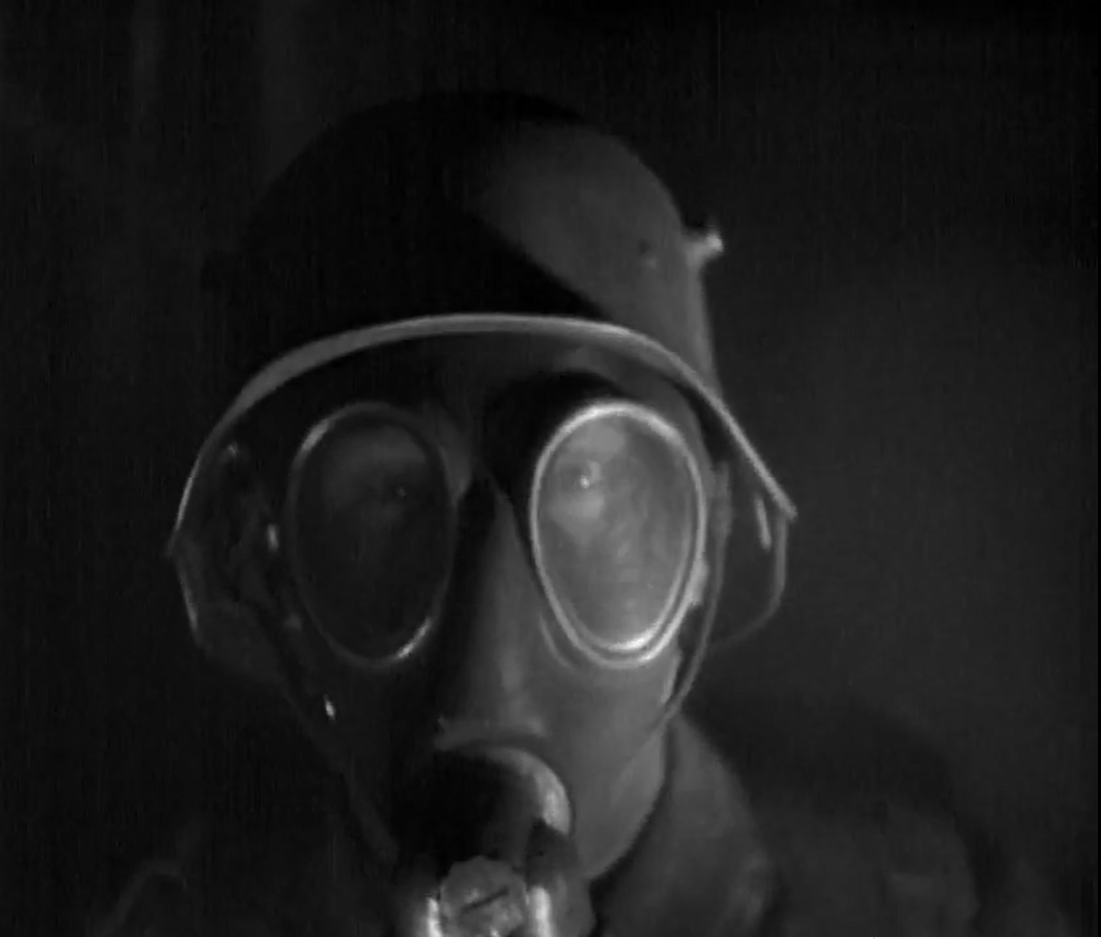
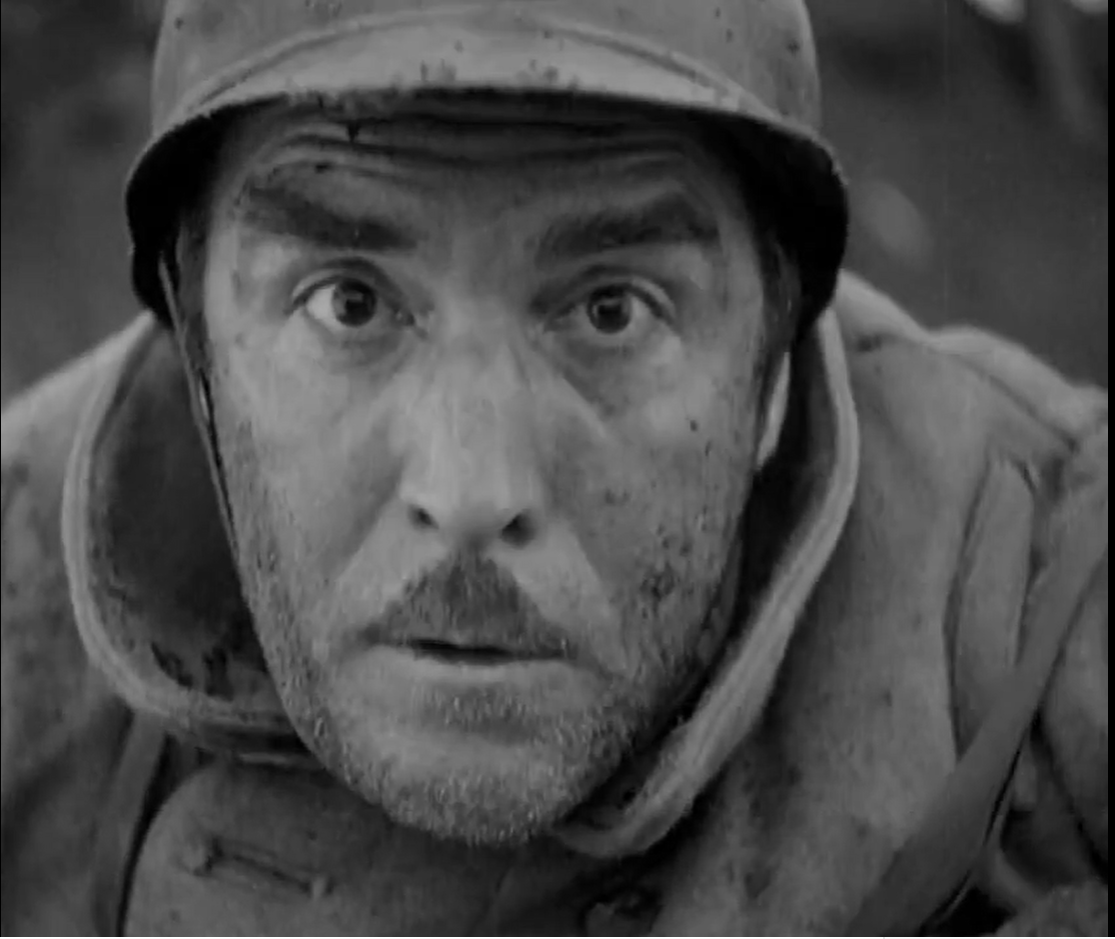
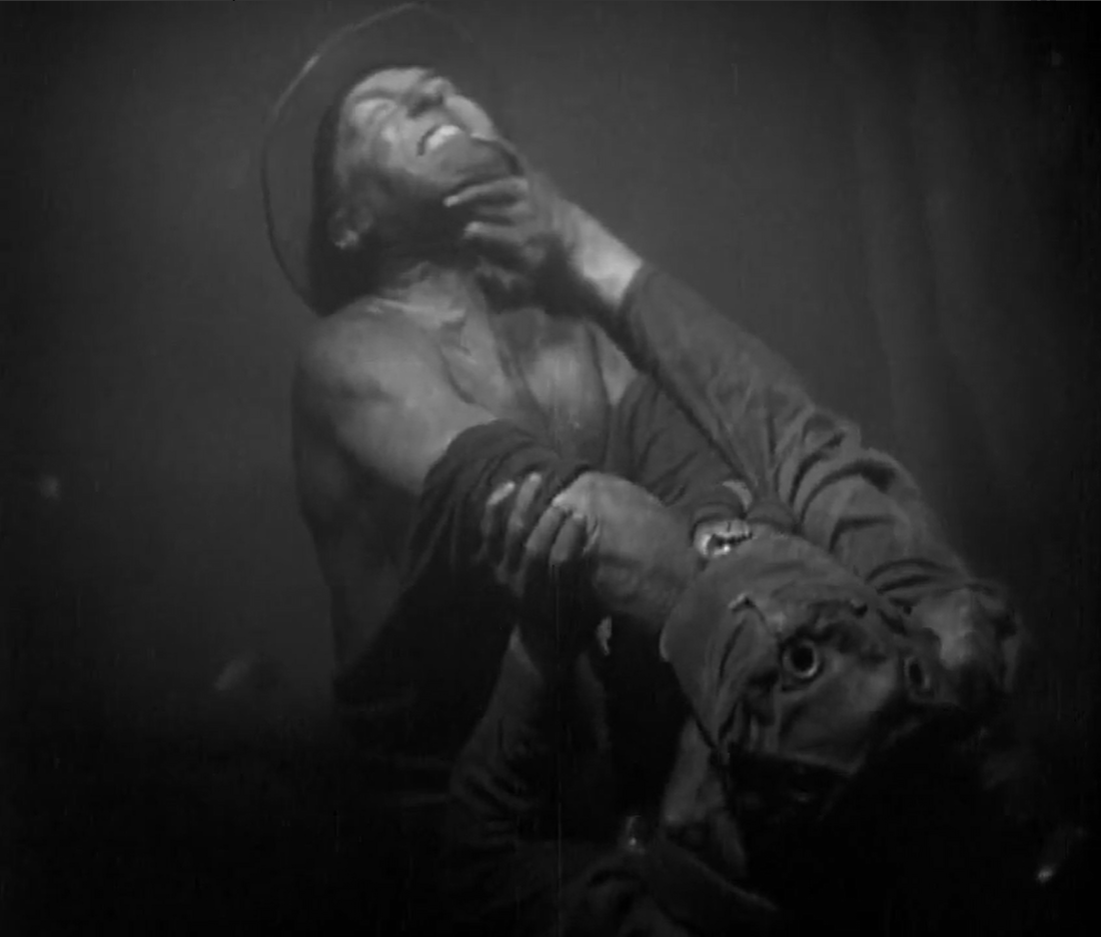
As noted in Criterion’s essay:
… national tensions are mirrored by the mines on either side of the border. The French have more jobs but can’t sell much of their coal; the Germans make futile daily trips to the border to ask for jobs. On the other hand, the two mines are actually one big one, artificially sectioned off by a wall in the middle.
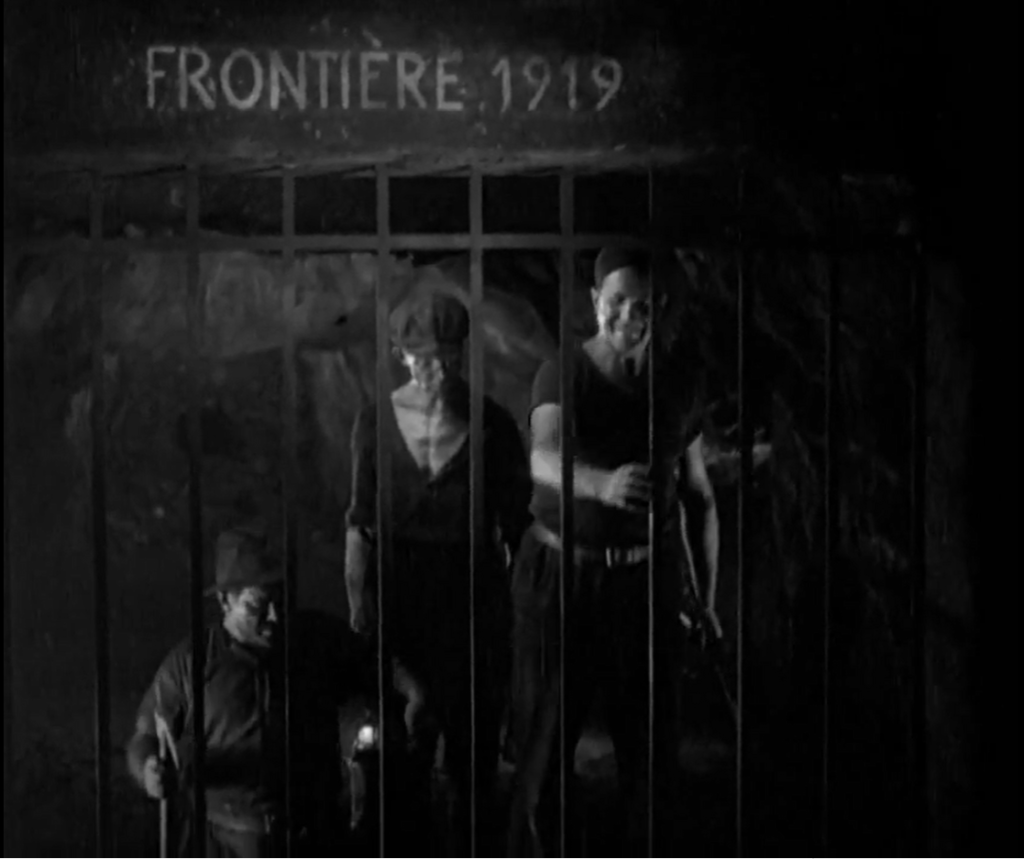
The catastrophic accident in the French mine spurs the German workers — despite feeling marginalized and belittled by their French counterparts — to put on their rescue gear and help out, thus leading to a temporary sense of solidarity among the miners regardless of nationality or language. As such, it’s a surprisingly “feel good” film for such a bleak topic.
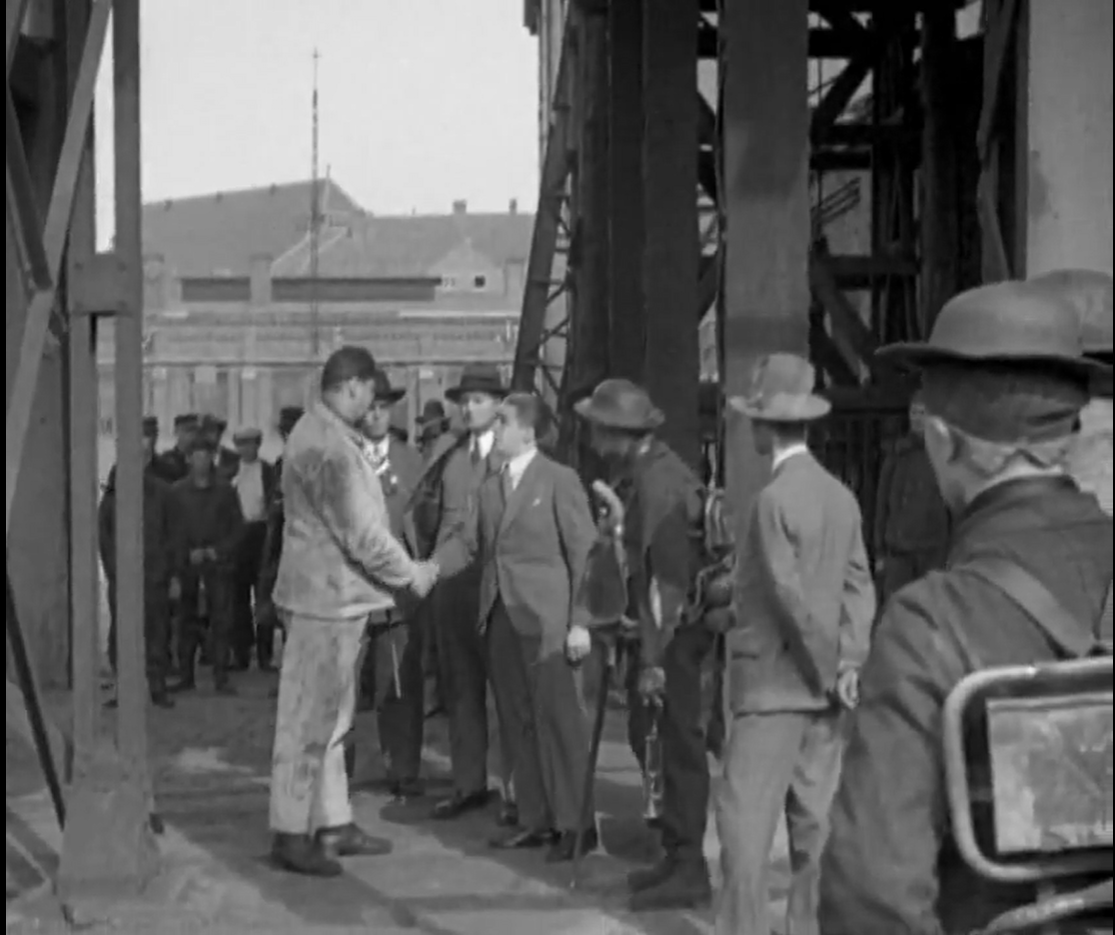
Most impressive of all are the highly effective (and realistic) cinematography and sets, recreating both the dangerously labyrinthine mines and the worried townspeople above ground; we truly get the sense we’re there in this place and time, following the gripping action.


Notable Performances, Qualities, and Moments:
- Erno Metzner and Karl Vollbrecht’s sets
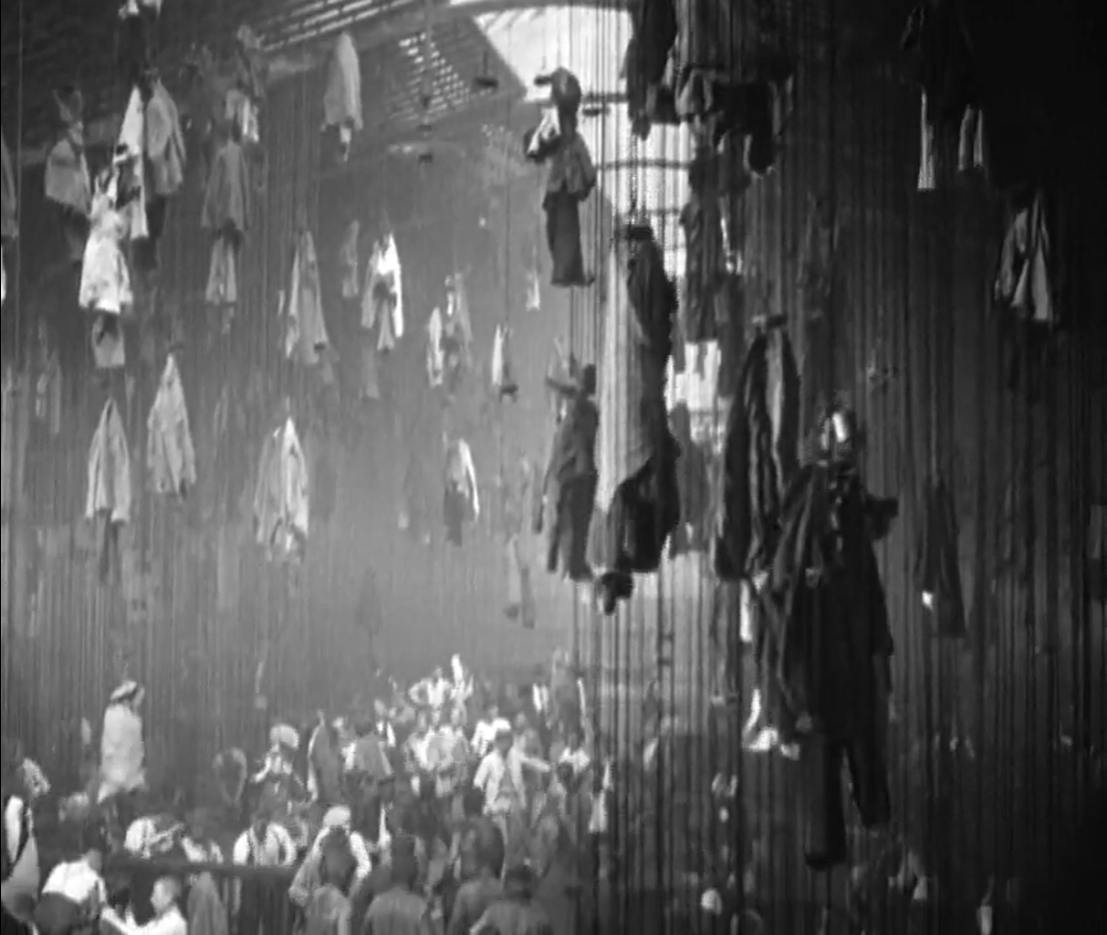
- Fritz Arno Wagner and Robert Baberske’s cinematography
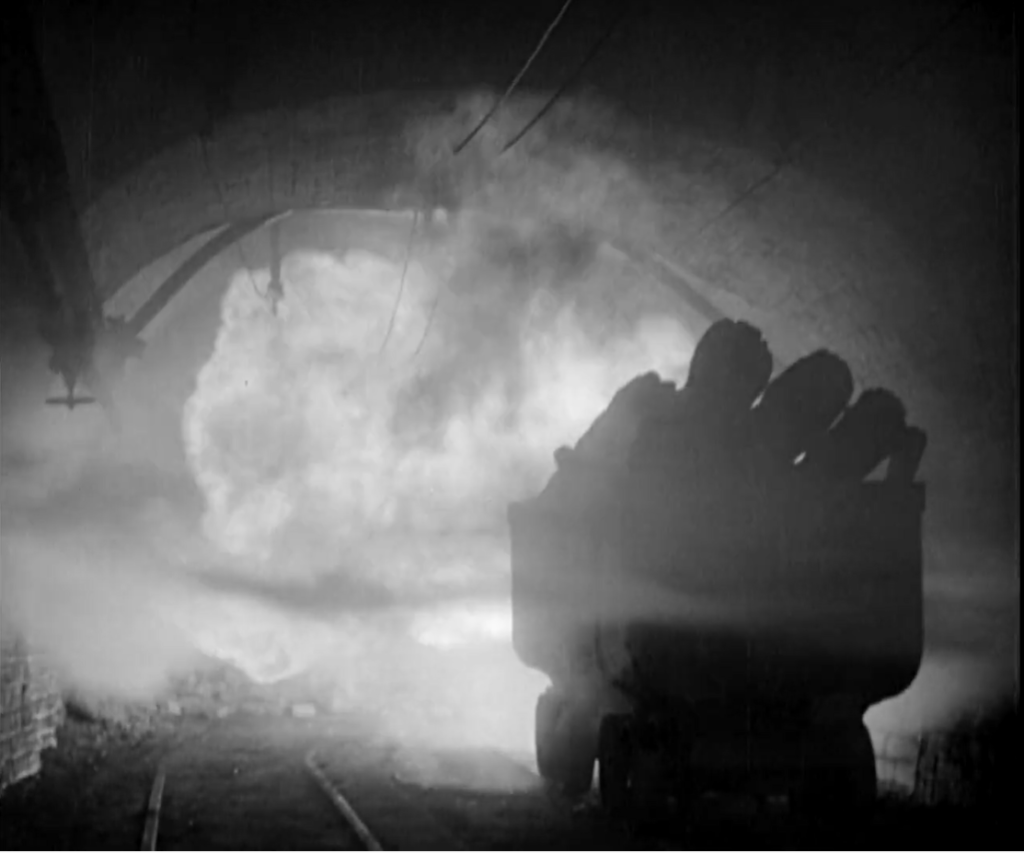
Must See?
Yes, for its historical relevance. Listed as a film with Historical Importance in the back of Peary’s book.
Categories
Links:
|
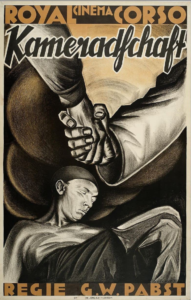









One thought on “Kameradschaft (1931)”
A once-must, for its place in German cinema history. As per my 8/26/18 post in ‘Film Junkie’ (fb):
“The Germans! I can’t believe it.”
‘Kameradschaft’: With a title that translates as ‘Comradeship’, G.W. Pabst’s 1931 film is, at heart, a film about overcoming xenophobia. It’s also essentially anti-war. It is based on the Courrières mine disaster in 1906, which in reality claimed the lives of many. The film reveals that, although some Germans were hired to work alongside French miners, their number was limited in accordance with need.
That aside, it’s also shown that antipathy has carried over from the two countries having been at war with each other. When tragedy occurs, however, the human spirit can rise to the occasion – especially if war is not part of the equation.
This is a short, economic film (90 minutes) that is genuinely startling in its realism. The reenactments of the disaster and the rescue are quite remarkable – and obviously considerably painstaking in detail. You will feel like you are down there.
Some might hesitate to watch a film such as this – which is now on its way to being 90 years old (!) – but it has not lost a bit of its power. It’s an impressive achievement and a sobering experience.